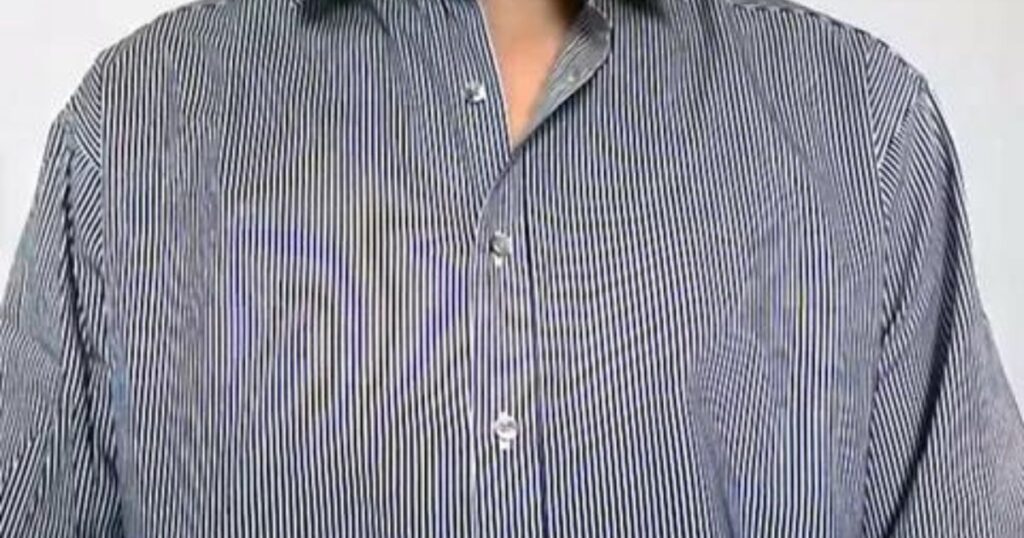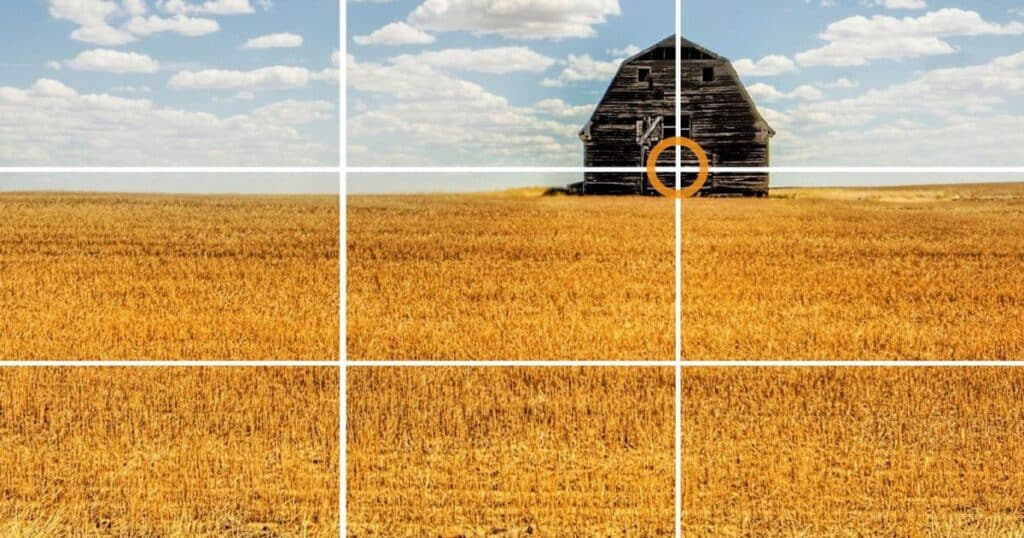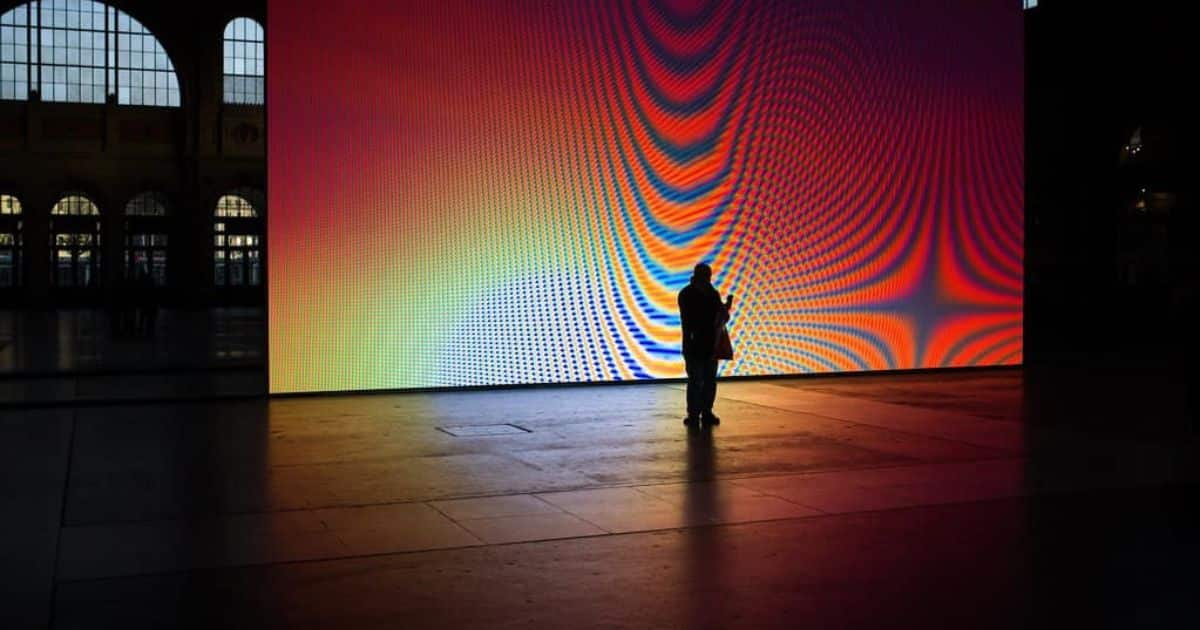Photography is the art of capturing images using a camera, freezing moments in time through the play of light. It transforms the three-dimensional world into two-dimensional representations, evolving with technological advancements.
In photography, moiré patterns add complexity to visuals, raising the question: What Is Moiré In Photography? This phenomenon introduces captivating interference patterns, enhancing or distorting images beyond conventional boundaries.
Moiré in photography is an optical phenomenon where unwanted patterns emerge when a regular pattern interacts with a camera sensor’s pixel structure. These patterns, often wavy lines, distract from image clarity.
Understanding, What Is Moiré in Photography?
Moiré in photography refers to unwanted patterns that can appear when a regular pattern, like a grid or fabric, interacts with a camera sensor’s pixel structure. It’s crucial to understand the basics of this phenomenon to enhance image quality and clarity in photography.
This optical issue can affect various subjects, causing distracting wavy lines in the final image. To navigate this, photographers need to grasp how moiré patterns occur, particularly in scenarios involving fine details like textiles.
How Does Moiré Affect Image Quality in Photography?
Moiré patterns in photography negatively impact image quality by introducing unwanted interference lines. These patterns, often resembling ripples or waves, can distract viewers from the intended clarity and detail of an image.
When present, moiré can compromise the visual impact of photographs, especially when capturing subjects with fine repetitive details like fabrics or architectural elements. To maintain high image quality in photography, photographers need to be aware of the potential for moiré and take preventive measures.
Adjusting camera settings, utilizing appropriate lenses, and employing post-processing techniques are crucial in minimizing the occurrence of moiré, ensuring that the final images are clear, detailed, and visually appealing.
Moiré Patterns in Photography
Moiré patterns in photography are visual disturbances that occur when a regular pattern, like a grid or fabric, interacts with the pixel structure of a camera sensor. These patterns, often seen as unwanted wavy lines, can compromise the clarity and detail of captured images.
The optical phenomenon of moiré is crucial for photographers. It helps them anticipate and address interference patterns, ensuring that their images maintain the intended quality.
Can Camera Sensors Cause Moiré in Photography?
Yes, camera sensors can indeed cause moiré patterns in images. When a regular pattern, such as fine textures or repetitive details, interacts with the pixel structure of a camera sensor, it can result in unwanted interference patterns, leading to moiré in photographs.
This interaction is crucial for photographers. Certain shooting conditions and subjects, like fabrics or architectural elements with intricate patterns, are more prone to triggering moiré.
To capture clearer images, photographers must be aware of the potential impact of camera sensors on moiré and employ techniques to minimize its occurrence in their photography.
Minimizing Moiré for Clearer Images

Photography Techniques play a crucial role in achieving clearer images by minimizing moiré. Adjusting camera settings, such as resolution and anti-aliasing filters, helps reduce interference patterns for improved visual clarity.
Photographers can also explore alternative shooting angles and lighting conditions as effective Photography Techniques to minimize moiré and capture crisp, distortion-free images. Experimenting with these straightforward adjustments enhances the overall quality of photographs by mitigating the impact of moiré patterns.
Why Does Moiré Occur in Photography?
Moiré occurs in photography when a regular pattern, like fine details in textiles or repetitive structures, interacts with the pixel arrangement on the camera sensor. This interaction creates unwanted interference patterns, often visible as wavy or rippled lines in the captured image.
The occurrence of moiré in photography is rooted in the clash between the patterns present in the scene being photographed and the grid-like structure of the camera sensor’s pixels. When these patterns align in a certain way, moiré emerges, impacting the clarity and detail of the photograph.
What Photographers Need to Know
Textile photography often encounters moiré when capturing fabrics with fine patterns. This interference phenomenon arises when the textile’s details interact with the camera sensor’s pixel structure, resulting in distracting wavy lines.
To address this, photographers must understand moiré’s impact on textile photography and implement techniques to minimize its effects for clearer and more visually appealing images. Photographers need to be aware that moiré isn’t limited to specific fabrics. It can manifest when photographing any textured material with repetitive details.
Is Moiré Limited to Specific Subjects in Photography?
Moiré is not confined to specific subjects in photography. While it often appears when capturing fine, repetitive details like textiles or architectural patterns, it can manifest in various scenarios. You can only understand the role of photography for an artist if you are a professional.
The occurrence of moiré is influenced by the interaction between a regular pattern and the pixel structure of a camera sensor. Understanding this phenomenon helps photographers anticipate and address moiré across a wide range of subjects in their photography endeavors.
Demystifying Moiré in Photography
The pixel structure of a camera sensor plays a crucial role in demystifying moiré in photography. When a regular pattern interacts with the pixels, interference patterns, known as moiré, may emerge, affecting image clarity.
Photographers can navigate the challenges of moiré by adjusting camera settings and employing post-processing techniques. By demystifying the role of the pixel structure, they gain insights into minimizing moiré, ensuring that their images maintain the intended clarity and detail.
Managing Moiré Through Post-Processing in Photography
Post-processing in photography plays a crucial role in overcoming moiré challenges. Skilled photographers employ various techniques to address unwanted patterns, using editing tools to enhance image clarity.
By understanding moiré’s impact, photographers can efficiently manage and minimize its presence through strategic post-processing. When faced with moiré issues, adjusting sharpness and applying anti-aliasing filters during post-processing helps mitigate interference patterns.
Practical Tips for Photographers: Avoiding Moiré in Your Shots

Photographers, when facing the challenge of moiré in their shots, can take practical steps to avoid this interference pattern. Begin by adjusting your camera settings, such as using an anti-aliasing filter if your camera allows. This simple tweak minimizes the chances of moiré patterns appearing in your photographs.
Be mindful of the subjects you photograph. Fine, repetitive details like intricate patterns on fabrics or architectural elements are more prone to causing moiré. Experiment with different shooting angles or distances to find the optimal approach that reduces the risk of unwanted patterns.
Frequently Asked Questions
What is moiré in photography?
Moiré in photography refers to unwanted interference patterns that can appear in images, typically when a regular pattern interacts with the pixel structure of a camera sensor.
How does moiré affect photography?
Moiré can impact image quality by introducing distracting wavy lines or patterns. It often occurs when photographing subjects with fine details, such as textiles or repetitive structures.
Can moiré be prevented in photography?
Yes, photographers can take steps to minimize moiré. Techniques include adjusting camera settings, using specialized equipment, and employing post-processing methods to reduce or eliminate interference patterns.
Why is understanding moiré important for photographers?
Understanding moiré is crucial for photographers to ensure clear and high-quality images. Being aware of how moiré occurs and how to address it allows photographers to enhance their skills and produce visually appealing photographs.
Conclusion
Moiré in photography is crucial for capturing clear and visually appealing images. By grasping the basics of this optical phenomenon and employing effective techniques, photographers can enhance their skills and produce high-quality photos free from distracting interference patterns.
Photographers should explore the various aspects of moiré, from its impact on different subjects to practical tips for mitigation. With this knowledge, they can navigate challenges, optimize camera settings, and leverage post-processing tools to ensure their photography remains sharp, detailed, and visually engaging.
